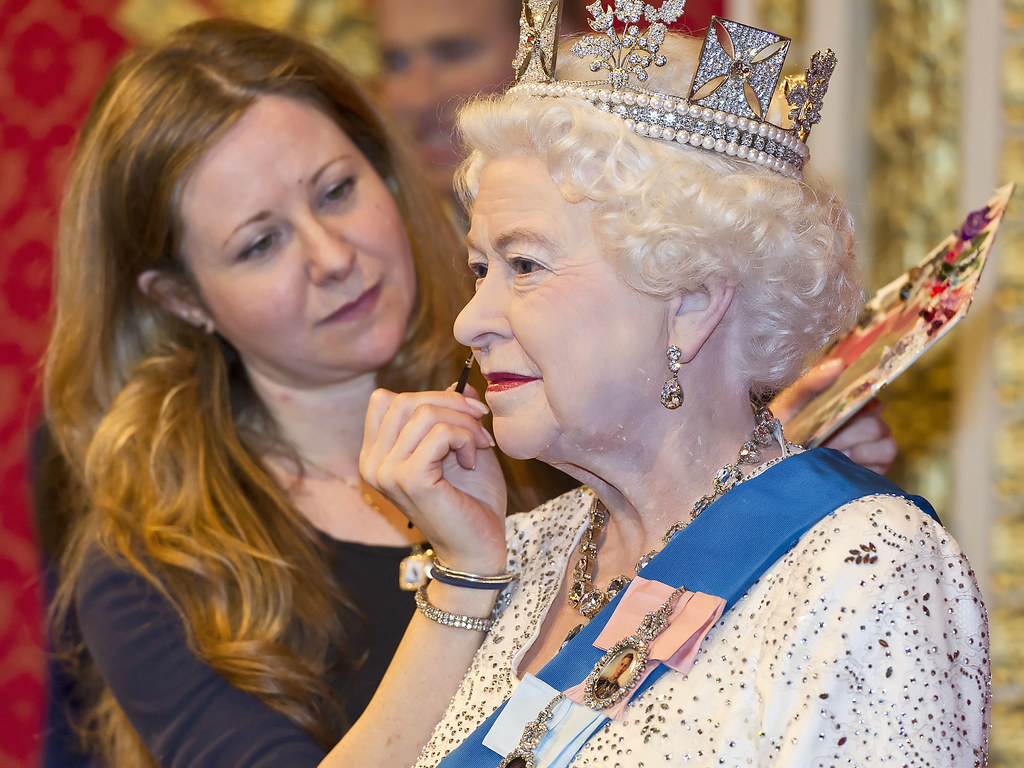-
Par Mme Vianey le 22 Janvier 2016 à 13:08
Hello everyone,
Last time, we started working on the movie "Oliver Twist".
Thursday, January 21st
(the twenty-first)
Oliver Twist, the movie by Roman Polanski
In this extract, the scene takes place in an orphanage.
We can see a lot of children, mostly boys, but the main character is Oliver Twist.
They are very poor, they don’t have enough food. So they are hungry.
Oliver drew the short straw and he lost. He had to go and ask for more food. He ran because the supervisor wanted to hit him with a stick.
HOMEWORK: 25/01: learn the lesson (info, voc, verbs)
 votre commentaire
votre commentaire
-
Par Mme Vianey le 20 Janvier 2016 à 14:26
Hello everyone,
Today we worked on a blind test. You had to find the names of the celebrities and guess how long ago they died.
Here is the lesson we wrote:
Wednesday, January 20th
(the twentieth)
BLIND TEST: How long ago did he die?

è When was he born?
He was born in nineteen fifty-eight (1958).
è When did he die?
He died in 2009.
è How long ago did he die?
He died seven years ago.
Do the same with: Marylin Monroe - 1926 - 1962
HOMEWORK: Thursday 21st: Learn the lesson “how long ago” + finish the exercise.
 votre commentaire
votre commentaire
-
Par Mme Vianey le 18 Janvier 2016 à 13:26
Hello everyone,
Here are our last two lessons:
Thursday, January 14th
(the fourteenth)
How to make a question in the preterit
Pour construire des questions commençant par un mot en WH-, il y a deux possibilités :
1) Certaines questions se forment avec le verbe/auxiliaire « be ».
Il se conjugue « was » aux personnes : I, he, she, it.
Il se conjugue “were” aux personnes: you, we, they.
On utilise “was/were” quand il n’y a pas d’autre verbe dans la question.
Ex :
ð Where was he born ?
ð Where were you born ?
2) Certaines questions se forment avec l’auxiliaire « do », qui devient « did ». Ce « did » est un outil qui ne veut rien dire.
 On l’utilise quand il y a un autre verbe dans la question.
On l’utilise quand il y a un autre verbe dans la question.Ex :
ð What did he like ?
HOMEWORK : 18th : learn the grammar lesson about questions.
ENGLISH FLASHTEST
- Comment forme-t-on des questions au prétérit ?
- Donne les deux constructions vues en classe :
ð en les expliquant
ð en donnant des exemples à chaque fois.
1)Exemples de questions en français à traduire :
Où est-il né ?
Que faisait-il ?
Quand est-il mort ?
Qui a-t-il épousé ?
Quel était son métier ?
Monday, January 18th
(the eighteenth)
INCOMPLETE BIOGRAPHIES
Queen Elizabeth II

Queen Elizabeth II in 1952, she was 26 years old.
- When was she born? She was born on the twenty-first (21st) of April, nineteen twenty-six (1926).
- When was she crowned? She was crowned on the 6th of February, 1952.
- What does she do? What is her job? She is the Queen of England.
- Is she married? Who did she marry? She married Prince Philip 69 years ago.
- How many children did she have? She had four children (Ann, Edward, Andrew, Charles).
HOMEWORK: 20/01/2016: learn the lesson
 votre commentaire
votre commentaire
-
Par Mme Vianey le 13 Janvier 2016 à 13:13
Hello everybody,
Today, we created a lot of questions to talk about Charles Dickens's life. We wrote them in the preterit.
We used pronouns (what, when...), auxiliaries (was, did).

Questions about Dickens’s life
1) What did he do/write?
What was his job?
2) When and where was he born?
3) Where did he move? When did he move to London?
4) Where did he work? How old was he?
5) When did he become famous?
6) How many children did he have?
7) When did he divorce?
8) When did he die?
HOMEWORK: Thursday 14th: learn questions 2/5/8
 votre commentaire
votre commentaire
-
Par Mme Vianey le 8 Janvier 2016 à 14:57
Hello everyone and Happy New Year,
Read your lessons, please!
Monday, January 4th 2016
Two thousand and sixteen/Twenty sixteen
Correction of the English test
Ex 1:
a)
Mrs Crazy always has mouldy eggplant because she loves having a stomachache.
She sometimes eats frozen cauliflower to have frozen teeth.
b)
She shouldn’t eat out of date cauliflower not to be sick.
She should practise sports not to be fat.
c) Périmé: out of date / moisi: mouldy / gras: fat / malodorant: smelly / congelé: frozen / toujours: always/
La santé: health / être en forme: be in good shape/be in good health/be fit.
Exercise 2
a)
b)
I rarely eat leeks for lunch.
I often eat asparagus for dinner.
Ex 3:
She said/says people should practise sports at least sixty minutes a day.
She says American people should take the stairs instead of/rather than the elevator.
HOMEWORK: Wednesday, January 6th: revise the correction of the test

Wednesday, January 6th
(the sixth)
SEQUENCE 4
Madame Tussaud museum in London
On the photo, we can see four people:
- Queen Elizabeth II (the second) is in the middle,
- Prince Charles, the Queen’s son, is on the left,
- Prince Philip, the Queen’s husband, is on the right,
- The hairdresser is combing the Queen’s hair.
They are all wax statues except for the hairstylist.
The scene takes place / The scene is set in Madame Tussauds museum.
HOMEWORK: Thursday 7th: Learn information/vocabulary from the lesson.
On Thursday, we matched biographies with photos of celebrities.
Then we collected verbs in a grid: the simple past/le prétérit.
HOMEWORK: Monday, 11th:
Wrote, adopted, began, divorced, died, married, had: trouver l’infinitif et les classer dans le tableau
+ learn the verbs in the grid.
 votre commentaire
votre commentaire Suivre le flux RSS des articles de cette rubrique
Suivre le flux RSS des articles de cette rubrique Suivre le flux RSS des commentaires de cette rubrique
Suivre le flux RSS des commentaires de cette rubrique





